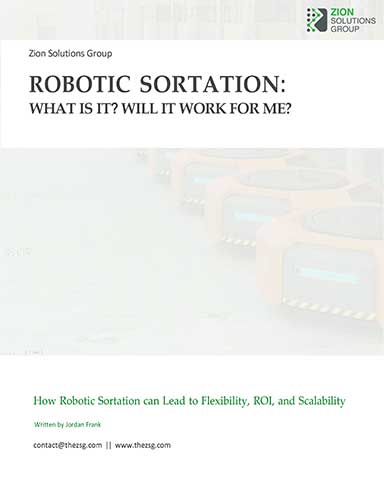The ongoing flood in Thailand represents another example of the need for adequate risk management as an integral part of supply chain management, said a technology provider.
“Thin” or “lean” or “closed” supply chains have been talked about recently as being prone to outages, both small and large, JDA noted.
And according to Kelly Thomas, Senior Vice President, Manufacturing, there is a certain risk profile associated with a host of potential supply chain outages.
“Some companies understand the risk and are willing to take it; others do not understand the risk and are surprised when it manifests itself,” he said.
Kelly noted in an interview that not only are multiple supply chains that are dependent on a single source of supply (such as the proprietary shiny pigment paint used by automotive OEMs in the Japan tsunami tragedy), but that multiple supply chains in multiple industries set up sources of supply in what now appears to be a high risk location.
The bottom line is that too many supply chains are constructed and managed exclusively around “known knowns,” he said. Proper risk management for today’s world requires companies to evaluate their supply chain structures for “known unknowns” and “unknown unknowns.”
Low labor costs may have made Thailand an attractive sourcing location, Kelly added, but there were other considerations may have been ignored or bypassed.
“When you displace thousands of acres for agricultural land and build on a flood plain…guess what? You may be hit with a flood.”
Yet other countries also have a “risk profile” of their own.
“For Japan, it’s the threat of earthquakes,” said Kelly. “So not that country is actively moving some of its own manufacturing offshore.”
And he cautioned against a wholesale removal of manufacturing for risk aversion.
“We just have to be smarter about how we profile risk, and create a balanced supply chain based on that research,” said Kelly. “We can’t stick our heads in the sand, but rather develop a playbook that will get us through catastrophic disruptions.”
SC
MR

Latest Supply Chain News
Latest Resources

 Explore
Explore
Topics
Latest Supply Chain News
Latest Resources

Subscribe

Supply Chain Management Review delivers the best industry content.

Editors’ Picks





